-
Harnessing the Power of Tree Canopy in NYC

Summers in New York City are like none other. In my memories of growing up in Queens in the 2000s, I can still hear the laughter of children echoing through the streets, reminding me that this bustling metropolis was our playground, our sanctuary for adventure. The streets were filled with people—families strolling hand-in-hand and friends…
-
Why Australians Are Growing to Appreciate These Loud and Smelly Bats
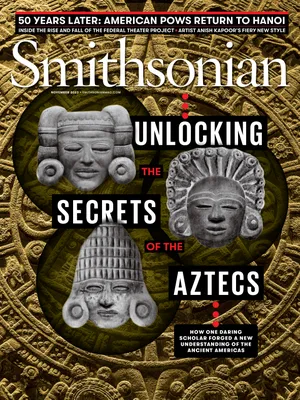
By Carlyn Kranking Assistant Editor, Science and Innovation As darkness descends across the eastern coast of Australia, thousands of gray-headed flying foxes take to the skies. Armed with a keen sense of smell and sharp night vision, they roam to find food after resting all day. Some might travel as far as 30 miles in…
-
Media Statement: The Nature Conservancy welcomes EU Wind Package
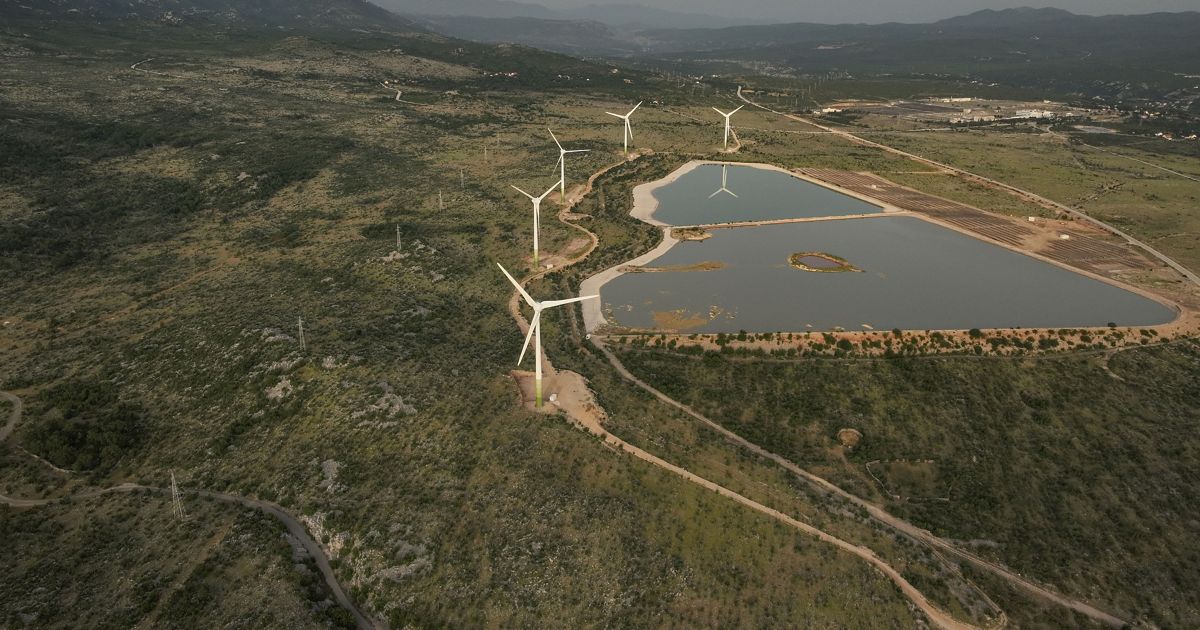
The European Commission published its European Wind Power Action Plan, presenting policy measures to support the European wind sector to reach the EU’s climate and decarbonisation targets. The Action Plan was announced by President von der Leyen last month during the State of the Union address and contains several new initiatives as well as actions…
-
Championing nature and Indigenous wisdom: Latin American and Caribbean Climate Week sets the stage for COP28

By Climate Champions | October 23, 2023 Latin American and Caribbean Climate Week (LACCW) opens in Panama City today aiming to galvanize the LAC community around a common vision of what it takes to transition to a net zero emissions, nature-positive and resilient world. With just over one month to go until COP28, LAC CW,…
-
Tool to assess recognition and understanding of elements in Summary of Findings Table for health evidence synthesis: a cross-sectional study
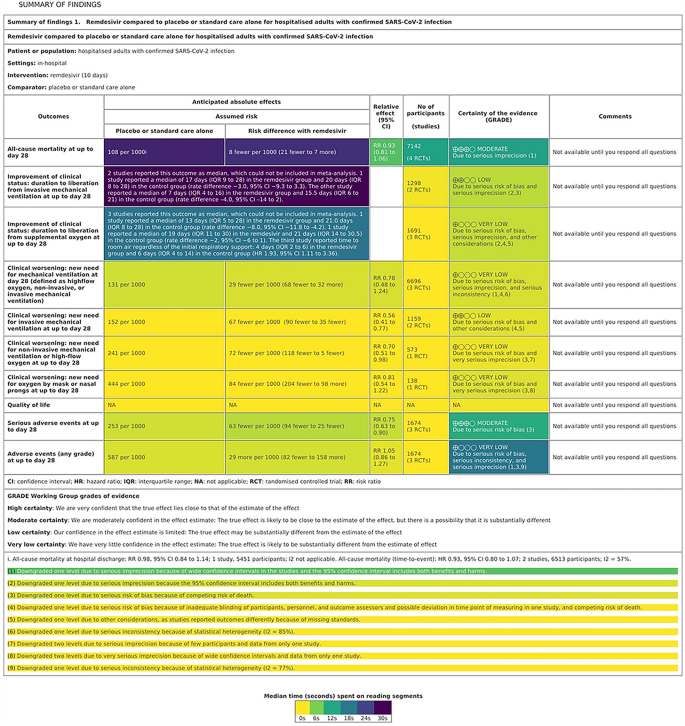
Abstract Summary of Findings (SoF) tables concisely present the main findings of evidence synthesis of health evidence, but how users navigate it to understand and interpret the presented information is not clear. We quantified the interaction of medical students with an SoF table while answering a knowledge quiz. Read&Learn tool was used to measure the…
-
Re-using food resources from failed honey bee (Apis mellifera L.) colonies and their impact on colony queen rearing capacity
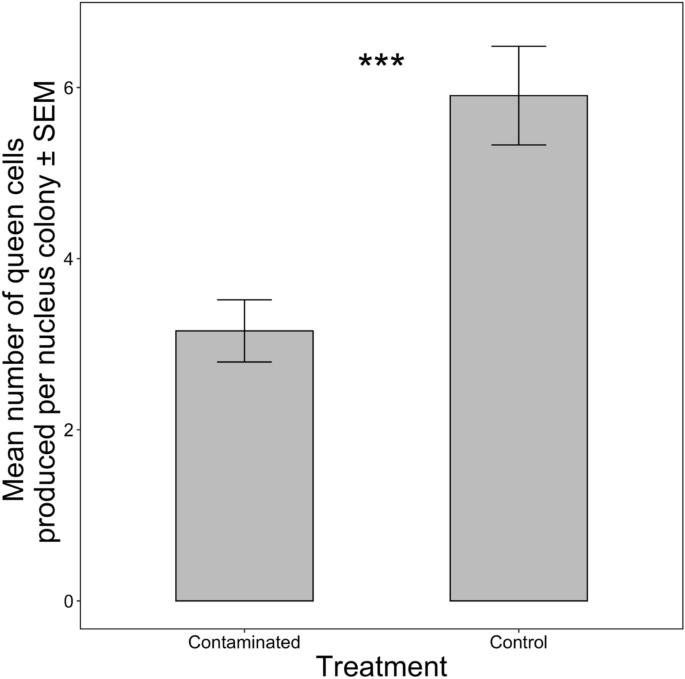
Abstract For over a decade, beekeepers have experienced high losses of honey bee (Apis mellifera L.) colonies due to a variety of stressors including pesticide exposure. Some of these chemical stressors may residually remain in the colony comb and food resources (pollen and nectar) of failed colonies and be later re-used by beekeepers when splitting and…
-
Telephone-based evaluation of cognitive impairment and mood disorders in cardiac arrest survivors with good neurologic outcomes: a retrospective cohort study
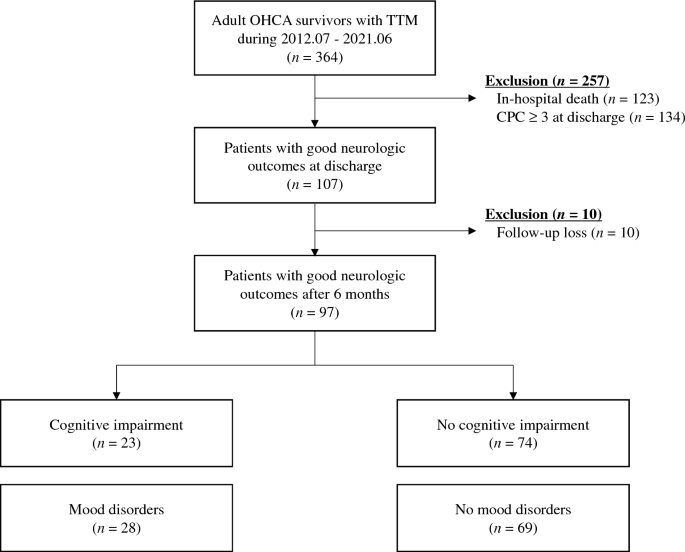
Abstract This study determined the occurrence of cognitive impairment and mood disorders in out-of-hospital cardiac arrest (OHCA) survivors with good neurologic outcomes. We performed a retrospective, cross-sectional, single-center study with a total of 97 patients. We evaluated cognitive dysfunction via the Montreal Cognitive Assessment and Alzheimer’s disease-8 mood disorders via the Patient Health Questionnaire-9 and…
-
Study on creep characteristics and component model of saline soil in hexi corridor
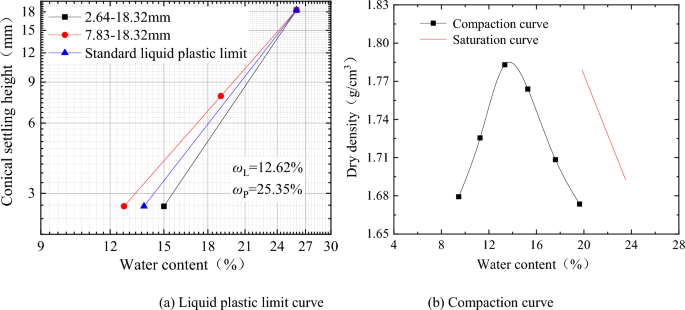
Abstract Accurate mastery of the creep characteristics of unsaturated saline soil is extremely important for the long-term stability and safe operation of all types of buildings. In this paper, the research object focused on the saline soil of the Zhangye area, Hexi corridor. The indoor triaxial CU creep test was carried out by means of…
-
Immediate health and economic impact of the Tigray war on internally displaced persons and hosting households
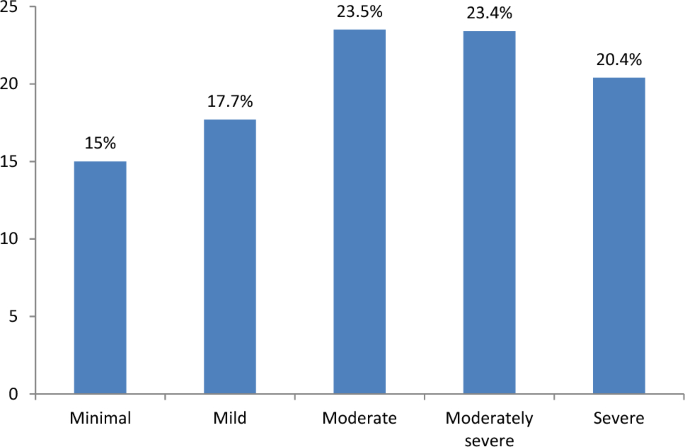
Abstract Globally, war is the major cause of displacement from the usual place of the biological environment. The war of Tigray exposed thousands of people to internal displacement and migration. Evidence has shown that displaced people and migrants shoulder the health and economic burden to ensure survival. However, evidence of the impact of the war…
-
Integrating citizen science and environmental DNA metabarcoding to study biodiversity of groundwater amphipods in Switzerland
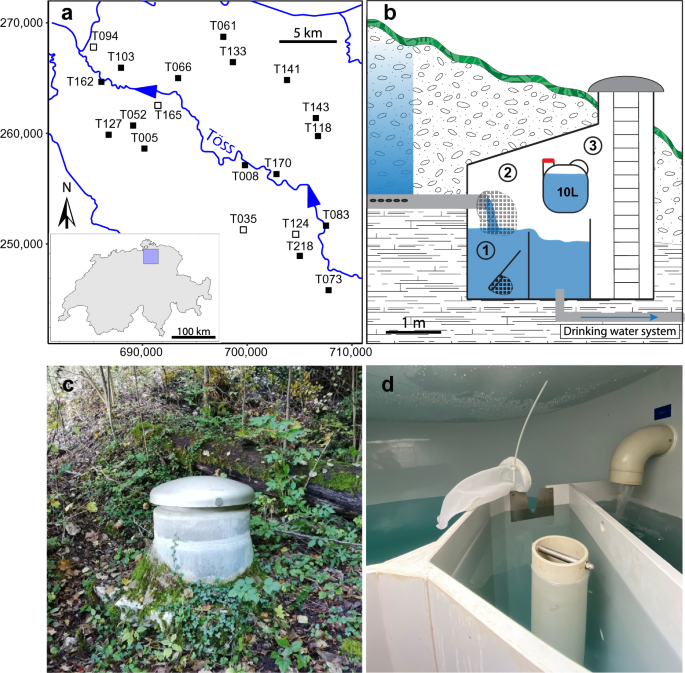
Abstract Groundwater is the physically largest freshwater ecosystem, yet one of the least explored habitats on earth, both because of accessing difficulties and the scarcity of the organisms inhabiting it. Here, we demonstrate how a two-fold approach provides complementary information on the occurrence and diversity of groundwater amphipods. Firstly, we used a citizen science approach…